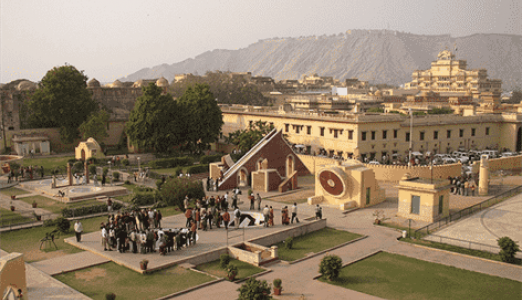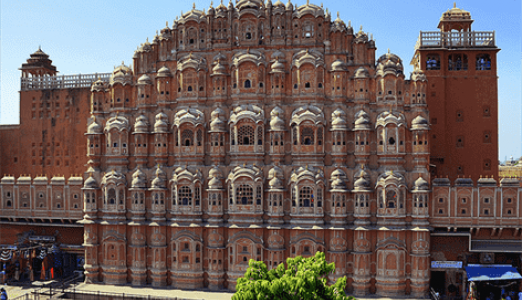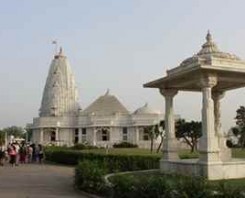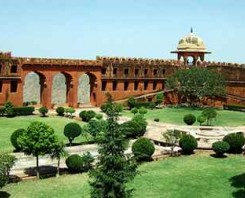Plan Your Trip
Dazzling in the hues of its dignified and glorious past, the history of Jaipur stands out. Its founder Maharaja Jai Singh II, who ruled from Amber Fort, played an important role in preserving the grandeur of the city. The Mughal King Humayun, who became envious of the heritage wealth of Amber, brought about 50,000 soldiers to get a victory over the territory. With the less chance of success, the King of Amber started serving Mughals and managed to keep the land for himself. But, later, Akbar married a princess of the region and the Amber and surrounding area got associated with the Mughals.
In order to restore his position, Jai Singh formed an alliance with the other Rajput clans and defeated Mughals. Although Jai Singh got the throne back, but the increased population resulted into scarcity of water in Amber, and he decided to shift his capital to Jaipur. With the assistance of the primary architect of Jaipur, Vidhyadhar Bhattacharya, he designed the city, and it took about four years.
After the death of Jai Singh in 1722 the Jaipur was constantly attacked by outside clans. During the British Raj, the Jaipur maintained a healthy relationship with them, but they took complete control of the city. In 1876 when the Prince of Wales visited Jaipur for the first time, Maharaja Ram Singh under the reign of British ordered the whole city to be painted in Pink. After India got Independence, the cities around Jaipur combined and formed a state called Rajasthan. In the year 1956, finally, the city was declared as the capital of Rajasthan.
 Recognised by Ministry of tourism
Recognised by Ministry of tourism




.jpg&w=245&h=198)






